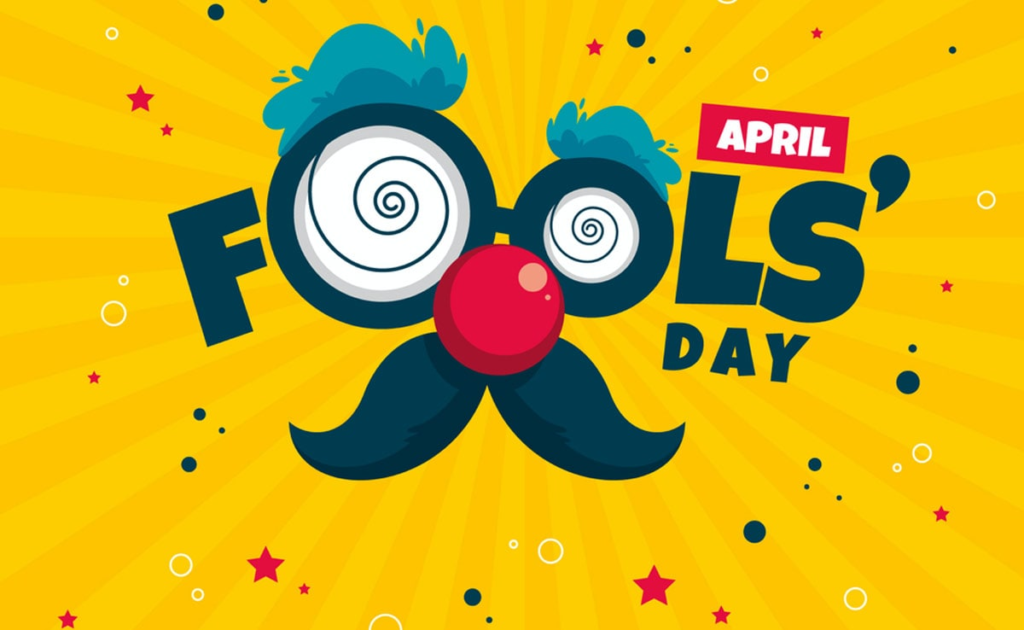
Table of Contents
- Introduction: The Global Language of Laughter
- A Brief History of April Fool’s Day
- Pranks with a Passport: Country-Wise Traditions
- France: Poisson d’Avril
- United Kingdom: Noon or Never
- India: Desi Mischief and Media Hoaxes
- Spain and Latin America: Santos Inocentes
- Scotland: Two Days of Trickery
- Iran: Sizdah Bedar – Nature’s Day of Joy
- South Korea and Japan: Subtle and Strategic
- USA & Canada: The Epicenter of Elaborate Hoaxes
- France: Poisson d’Avril
- Famous April Fool’s Day Pranks in History
- What Makes a Great Prank? (And What Doesn’t)
- Conclusion: The Universality of a Good Laugh
1. Introduction: The Global Language of Laughter
Across borders and languages, there’s one thing that connects us all—a shared love for a harmless laugh. April 1st, widely known as April Fool’s Day, is a day reserved for light-hearted tricks, witty deception, and creative storytelling. But did you know this day of fun looks very different depending on where you are in the world?
2. A Brief History of April Fool’s Day
The origins of April Fool’s Day are murky, wrapped in tales from the 16th-century French calendar reform to Roman spring festivals. While the exact beginnings are debated, the idea behind it remains the same—celebrating foolishness in the most entertaining ways possible.
3. Pranks with a Passport: Country-Wise Traditions
France: Poisson d’Avril (April Fish)
In France, the classic prank involves secretly sticking a paper fish on someone’s back and shouting “Poisson d’Avril!” when they discover it. Even school children and news broadcasters join in. The tradition is thought to be centuries old and is still going strong.
United Kingdom: Noon or Never
The British have strict prank timing—any jokes pulled after 12 noon are considered bad form. Pranks are often clever and dry, with the media frequently participating. Newspapers love subtle fake headlines that make readers do a double-take.
India: Desi Mischief and Media Hoaxes
India has embraced April Fool’s Day with gusto, with prank calls, fake job ads, and viral WhatsApp forwards. Many newspapers and media houses used to print fake news stories in the past, although this has slowed with rising concerns about misinformation.
Spain and Latin America: Santos Inocentes (But Not in April)
In Spanish-speaking countries like Spain and Mexico, the Day of the Holy Innocents (December 28) serves as the prank day equivalent. Originally a somber biblical remembrance, it has evolved into a day for harmless mischief, jokes, and practical gags.
Scotland: Two Days of Trickery
Scots take it a step further. April 1 is known as Hunt-the-Gowk Day (“gowk” means fool), where people send others on wild goose chases. It’s followed by Taily Day on April 2, which is reserved for backside-themed pranks—yes, this includes the classic “kick me” sign.
Iran: Sizdah Bedar – Nature’s Day of Joy
Celebrated on the 13th day of the Persian New Year (around April 1 or 2), Sizdah Bedar is about picnicking in nature and letting go of bad luck. It’s also Iran’s oldest prank day, with jokes and light-hearted deceptions dating back thousands of years.
South Korea and Japan: Subtle and Strategic
Pranks in these countries are more modest—think fake product launches or scripted media stories. April 1 is seen as an opportunity to showcase wit rather than chaos. Creativity, not chaos, rules the day.
USA & Canada: The Epicenter of Elaborate Hoaxes
In North America, nothing is too big for a prank. From Google’s fake features to Taco Bell “buying” the Liberty Bell, companies have turned April Fool’s into a marketing art form. Individuals and brands alike bring their A-game.
4. Famous April Fool’s Day Pranks in History
- BBC’s Spaghetti Tree Hoax (1957): A fake broadcast showed people harvesting spaghetti from trees. Viewers flooded the channel with questions about growing their own spaghetti plants.
- Google’s “Mic Drop” Feature (2016): An email prank feature that backfired and had to be removed within hours.
- Left-Handed Whopper by Burger King (1998): A full-page ad claiming the launch of a burger for left-handed people. Thousands requested it.
5. What Makes a Great Prank? (And What Doesn’t)
A great April Fool’s prank is like a good joke—it should be:
- Harmless
- Timely
- Creative
- Easy to reveal
Avoid pranks that embarrass, harm, or deceive too deeply. The best pranks end in laughter for everyone, including the one who got fooled.
6. Conclusion: The Universality of a Good Laugh
While the methods may differ—fish on backs in France, “kick me” signs in Scotland, or wild marketing stunts in the U.S.—April Fool’s Day proves one thing: humor is a universal language. Whether it’s a whisper of wit or a theatrical hoax, April 1st gives us permission to press pause on seriousness and celebrate the joy of being playfully human.
